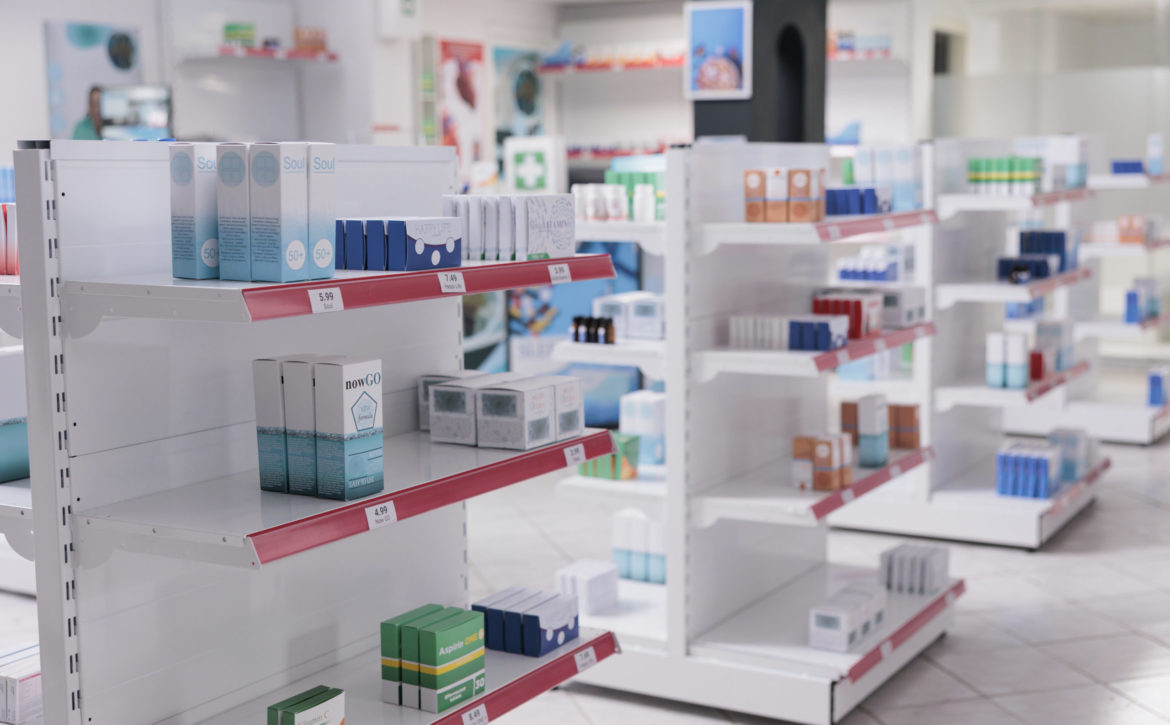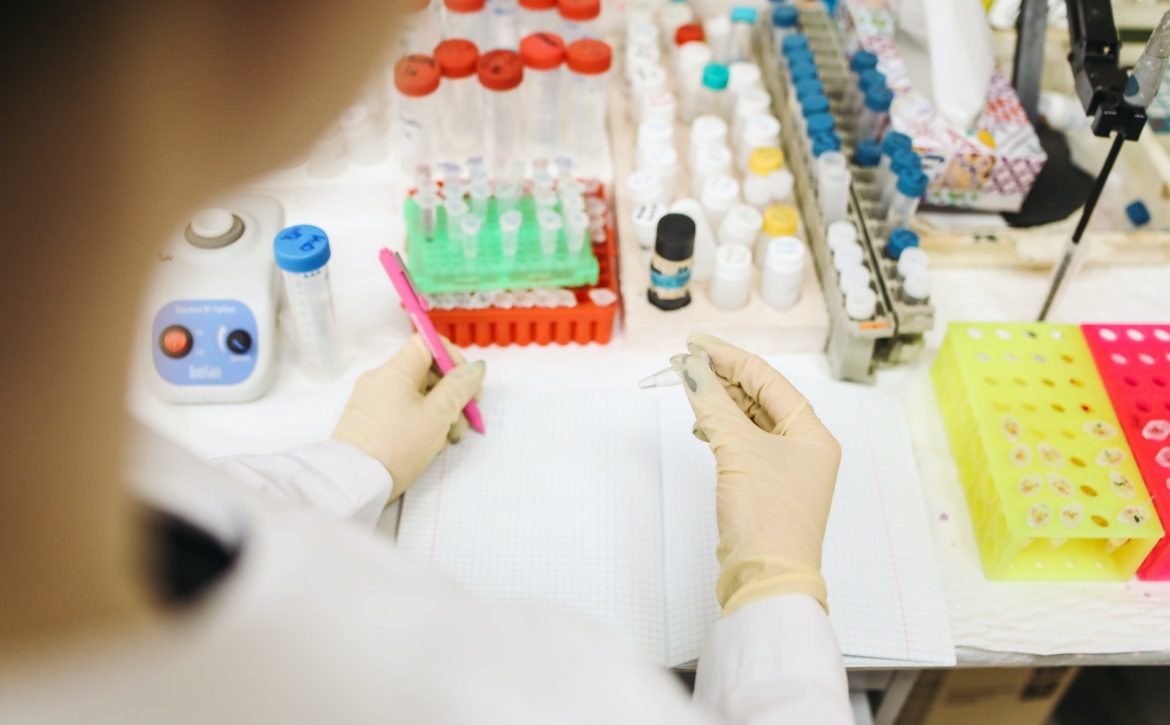Exciting News: IBN and BioMedWire Join Forces as Official Media Partners for BioPharma Nexus Conference Across the Globe!
We are thrilled to announce a monumental partnership for the BioPharma Nexus Conference, extending our collaboration with InvestorBrandNetwork (IBN) and BioMedWire for all events in the USA and Europe. Having previously worked together with resounding success, we are delighted to officially designate IBN and BioMedWire as our media partners.
InvestorBrandNetwork (IBN), one of the largest communication agencies globally, stands as a multifaceted platform specializing in content creation, news distribution, publishing, and communications. With a dedicated team of creative writers and seasoned professionals, IBN is committed to helping public and private companies gain visibility and recognition among diverse audiences of investors.
Teaming up with IBN is BioMedWire, a specialized communications platform serving as a digital hub for news and information within the life sciences sector. Their expertise in aggregating and distributing the latest developments ensures that our conference reaches a broad audience, capturing the attention of industry leaders and enthusiasts alike.
This extended collaboration underscores our commitment to delivering unparalleled coverage and engagement for the BioPharma Nexus Conference, bridging innovation across continents. As we journey through the dynamic landscape of the life sciences sector, the support of IBN and BioMedWire ensures that our events in the USA and Europe will resonate globally, making each conference an exceptional experience for all involved. Get ready for a convergence of insights and advancements on a truly international stage!





